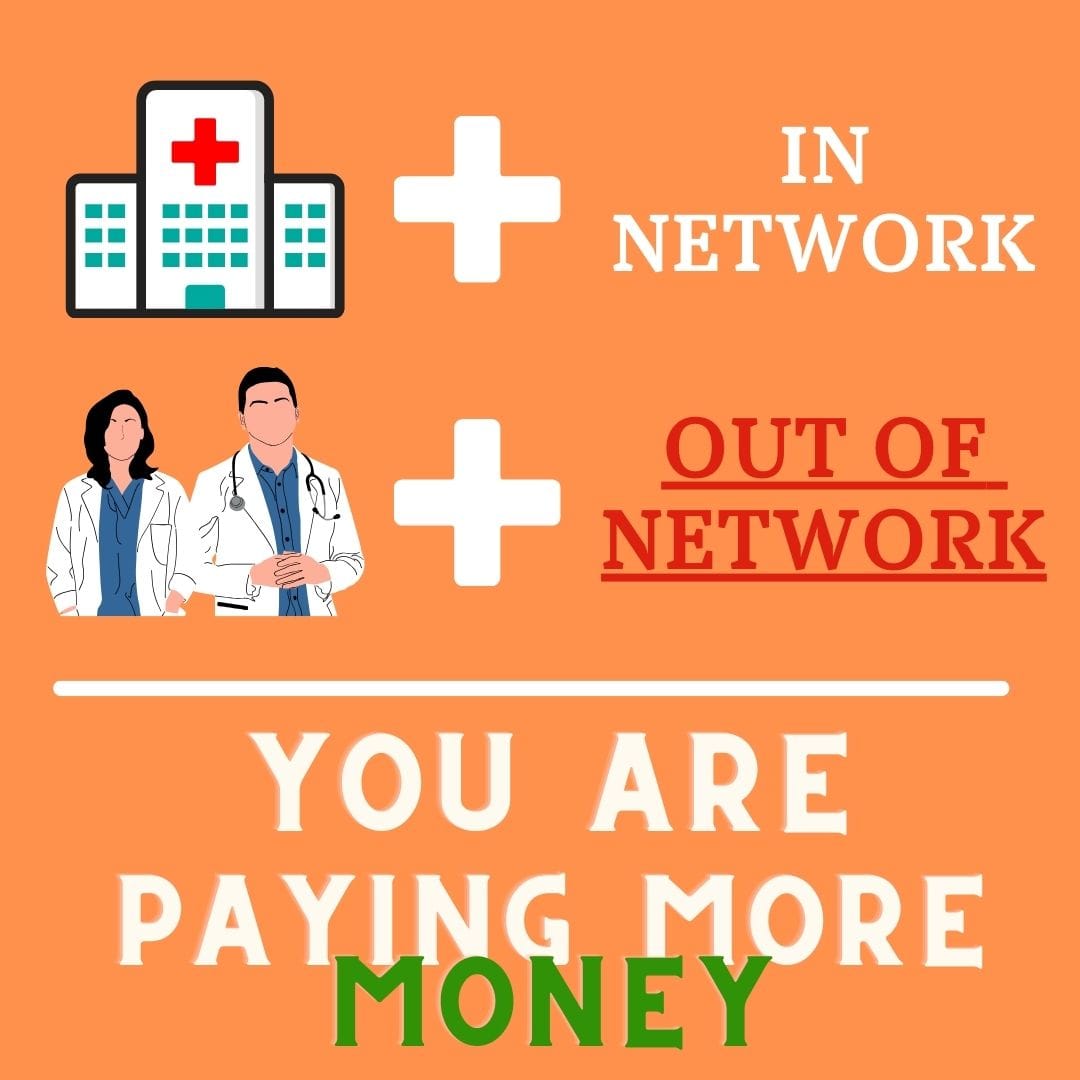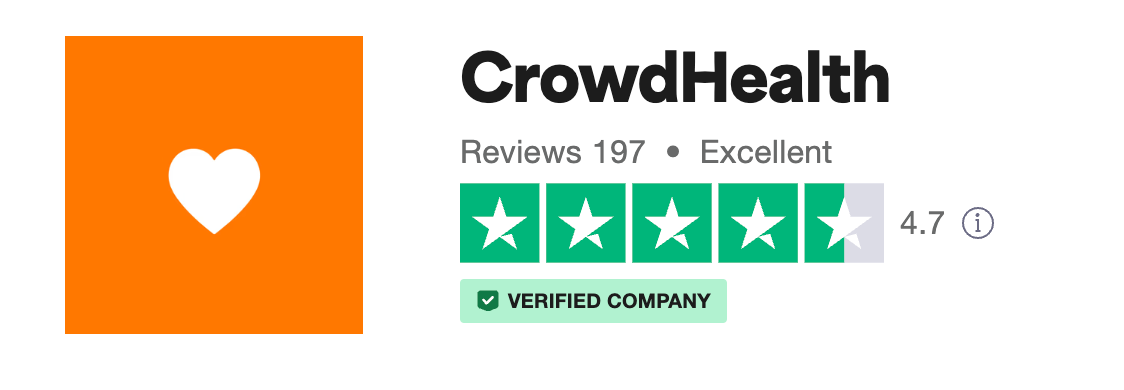

Health Insurance Is Not Was It Use To Be
The Affordable Care Act (ACA), commonly known as Obamacare, marked a significant milestone in the history of healthcare reform in the United States. It aimed to extend health insurance coverage to millions of uninsured Americans and introduce measures to curb healthcare costs while improving the quality of care. Despite its noble intentions and notable successes, the ACA has encountered several critical challenges that necessitate urgent reform. Let's jump into the 3 main key failings of the ACA and some actionable solutions to address these issues we are taking at Crowdhealth today to try to fix these problems.
One of the primary objectives of the ACA was to make healthcare more affordable for Americans. However, many people still find, premiums and out-of-pocket costs prohibitively expensive. This issue is particularly acute for individuals who do not qualify for subsidies and must bear the total cost of their insurance plans.
Also, there is a lack of awareness of the dangers of deductibles. While most Americans know how much they pay for premiums, a large percentage don’t know their liability if they have a large health event. In 2023, the Kaiser Family Foundation (KFF) reported that the average deductible for marketplace plans for medical and prescription drugs is $7,481 for Bronze plans, $4,890 for Silver plans, and $1,650 for Gold plans. That means families would have to have liquid assets to cover the expense or go into significant financial distress. Approximately 200,000 families had to go bankrupt due to a health event in 2021, even though they had health insurance.
CrowdHealth is focused on affordability. Not only are the monthly payments low (oftentimes 50% of plans offered on healthcare.gov), but the payments made for large events are significantly lower. CrowdHealth asks for $185 per month for singles under 55 and $605 for a family of four. If anybody has a major accident with CrowdHealth, they pay the first $500, and the rest is submitted to the community. No more huge deductibles!
The ACA inadvertently led to the proliferation of narrow network plans, where insurers limit the number of providers in their network to keep costs down. While this can reduce premiums, it restricts patient choice and access to care, often forcing individuals to forego treatment from preferred and sometimes more qualified healthcare providers.
The other consequence of narrow networks is that while a hospital might be in the network, the doctors who work within that hospital might not be. For example, if you go to the ER, the ER doctors are often outsourced to a third party that may or may not be in the network. These expenses are incurred beyond your in-network deductible if they are out of network. This leads to significant confusion and patients incurring substantial costs. Here, it is in a simple photo that explains this problem.

CrowdHealth has no networks. Members can go to whoever they'd like. Instead of volume discounts, CrowdHealth members are getting significant discounts because the hospitals and doctors do not have to deal with the bureaucracy and administrative costs of billing health insurance. The cost of billing health insurance is often more than 30% of the bill, and the doctor doesn't receive the money for months. With CrowdHealth, members can use a credit card, and therefore, doctors have fees that are more in line with 2%, and they get their money immediately.
Despite efforts to control healthcare costs, the ACA has fallen short in slowing the rate of healthcare spending. The Act introduced several cost-saving mechanisms, such as the Medical Loss Ratio (MLR) and the Independent Payment Advisory Board (IPAB). However, these measures have not been sufficient to counteract the rising costs of medical care and prescription drugs.
Many of these measures have led to increased costs. The MLR mechanism was intended to limit the profit of health insurance plans by dictating a margin. For example, if a member's premium is $1,000, the health plan can only use $150 (15%) to pay for administrative costs and profit. If they want to increase profit by 10%, they would have to increase premiums by 10%. Therefore, there is a perverse incentive to increase premiums.
Incentives are everything, and CrowdHealth's financial incentives are directly aligned with its members. We have an incentive to keep costs low. The lower the price of the CrowdHealth, the more members it gains. Given that CrowdHealths only source of revenue is a monthly membership fee, we are incentivized to grow the community.

Conclusion
The Affordable Care Act was a landmark step towards universal healthcare in the United States, but its implementation has revealed significant areas for improvement. By addressing the issues of affordability, network adequacy, and cost control, we can ensure that the ACA lives up to its potential. These reforms are not just necessary; they are imperative for the health and well-being of all Americans. While I cannot fix the law, at Crowdhealth, we are trying to make sure there are alternative health solutions in America today, and we are doing it with real-life everyday people.
We are done crowdfunding for the year.
— CrowdHealth (@JoinCrowdHealth) December 28, 2023
3,506 submitted to the community for crowdfunding
3,506 funded by the community
We had some doozies. Brain surgery, cancer cases, motor vehicle accidents, NICU babies, a whole bunch of MSK surgeries, and a host of other large events.… pic.twitter.com/isPNN9ue9O
If you want to learn more about what Crowdhealth could do for you, you can get an exclusive three-month membership offer for $89 HERE.
Let's fund each other. Not health insurance middlemen.